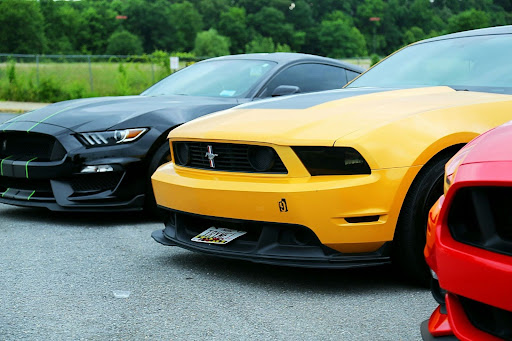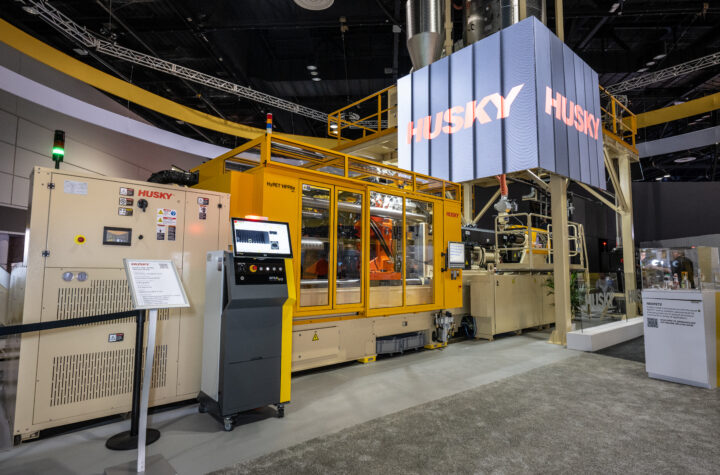The global automotive scene serves as an arena, featuring two of its most illustrious players, Japanese and American cars, to showcase their skill and ingenuity. Each brand brings to the stage its own distinctive blend of style, technology and performance, prompting debate and comparison among enthusiasts and casual drivers alike. But what separates these titanic competitors?
Photo by Vinayak Sharma on Unsplash
The Reliability of Japanese Engineering
Japanese engineering has long been revered for its reliability and efficiency, especially Toyota, Honda and Subaru models. Japanese engineers live out the philosophy of “monozukuri,” or the art of making things, focusing meticulously on craftsmanship and quality control when building cars. Not simply making one after another, their emphasis on compact fuel-efficient models fits right in with today’s eco-conscious society, making Japanese cars a beacon of dependability across global stages.
American Car Manufacturers’ Pursuit of Power and Comfort
On the other side of the Pacific Ocean, US automakers such as Ford, Chevrolet and Dodge have traditionally taken an alternative path. Their designs emphasize power, size and comfort. Think V8 engines roaring away behind muscle cars or expensive SUVs featuring luxurious interiors. American cars make a statement as symbols of freedom on open roads with cutting-edge features such as tech dashboards.
The Aesthetic Appeal of Japanese Simplicity
Japanese cars have long been considered emblems of minimalism and functionality. Their sleek lines, subtle curves, and understated elegance define their design language. Not only does this contribute to aesthetic appeal, but it also improves aerodynamics and fuel efficiency, reflecting Japanese culture’s appreciation of simplicity and harmony.
The Bold and the Beautiful of American Design
American cars express themselves boldly through design. Bold designs, eye-catching grilles, and an empathic presence mark American design philosophy. Vehicles that strive to impress or express individuality or boldness carry this bravado and become part of America’s cultural identity, celebrated at car shows and pop culture events alike.
Quality Parts
For both Japanese and American car enthusiasts alike, finding quality parts is of utmost importance when maintaining these vehicular icons. Japanese car owners understandably put a great emphasis on finding genuine OEM (Original Equipment Manufacturer) parts to maintain the vehicle’s reliability and efficiency. These parts, while more costly, ensure an ideal fit and long-term durability that mimic original performance standards of cars. American car enthusiasts, however, might seek a variety of parts, such as OEM parts, aftermarket ones or even custom pieces, to fulfill their automotive needs. As American car culture places an emphasis on individualism and creating something uniquely personal, access to a wide selection of parts markets allows car enthusiasts to customize their rides beyond regular maintenance needs – both improving power and adding personal flair – reflecting American car culture’s emphasis on personalization and self-expression. Ford Mustang parts can easily be found to meet individual’s specific preferences and budget needs, with suppliers meeting high standards expected by owners of these acclaimed vehicles.
Conclusion
The fierce rivalry between Japanese and American cars is evidence of its expansive diversity and creativity within the automotive sector. Each titan subscribes to a set of values and philosophies that reflect its cultural roots, catering to the differing tastes, needs, and aspirations of its membership. No matter your preference, be it Japanese vehicles’ unrivaled reliability and efficiency or American machines’ bold power, one thing is certain: there is something suitable for every driver out on the road. In reality, this automotive saga transcends mere comparison. Acknowledging and appreciating these titans of car culture is crucial. No matter if it’s for thrills, style, or practicality, choosing between Japanese or American cars shouldn’t be about what’s better, it should be about finding what fits you best.














































 Monroe Intelligent Suspension KINETIC® X: Revolutionizing vehicle dynamics
Monroe Intelligent Suspension KINETIC® X: Revolutionizing vehicle dynamics VinCSS & C2A Security's strategic partnership fortifying compliance and vehicle security in the connected car era
VinCSS & C2A Security's strategic partnership fortifying compliance and vehicle security in the connected car era Liberty Robotics 3D guidance systems a game changer for warehouse efficiency
Liberty Robotics 3D guidance systems a game changer for warehouse efficiency DMC integration sparks efficiency and precision in ams OSRAM's LED solutions
DMC integration sparks efficiency and precision in ams OSRAM's LED solutions ROHM’s New Linear Op Amp Features Industry-Low 160nA Current Consumption
ROHM’s New Linear Op Amp Features Industry-Low 160nA Current Consumption Proactive Approaches to Avoiding and Dealing with Work-Related Litigation
Proactive Approaches to Avoiding and Dealing with Work-Related Litigation



